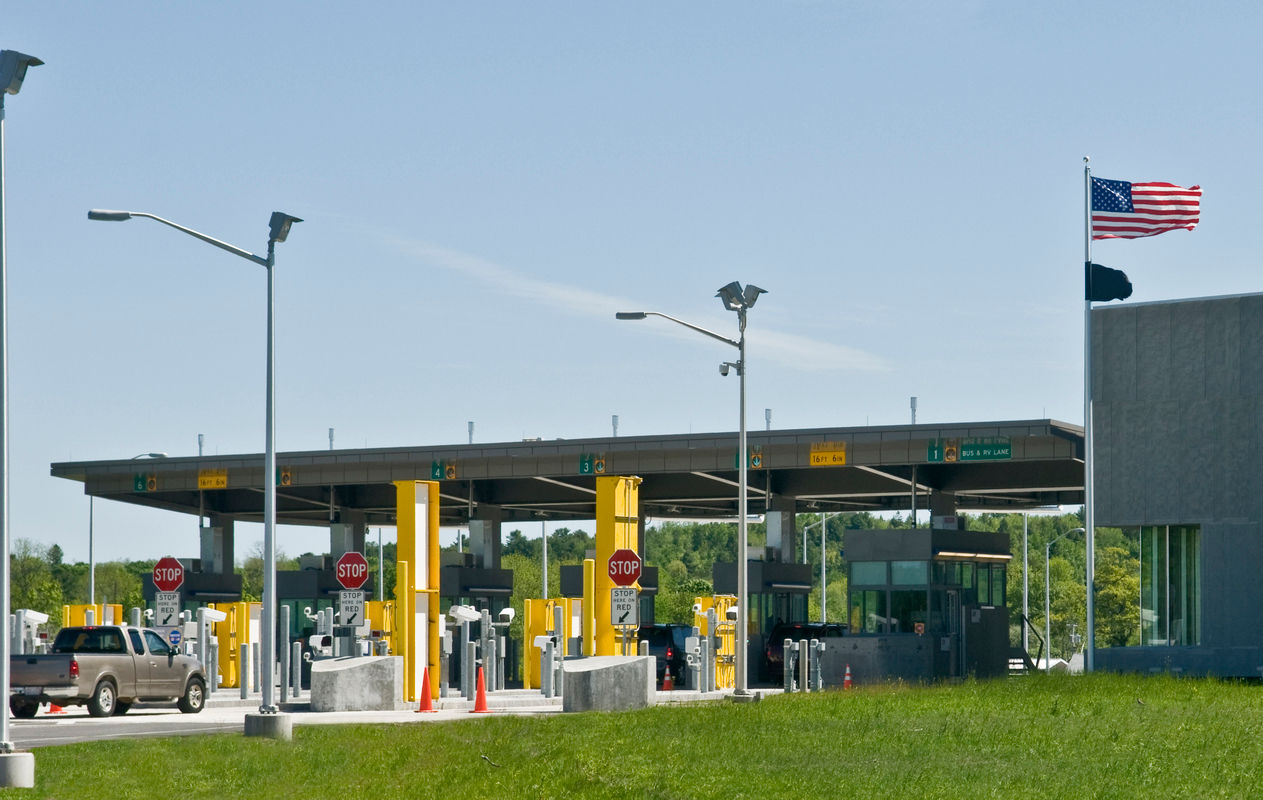
December 17, 2021
Your 2022 New Year’s Guide to EU-UK Customs Changes
Your 2022 New Year’s Guide to EU-UK Customs Changes

December 17, 2021
Because EU-UK customs requirements haven't undergone enough change this year—cough, cough, gasp—we’re here to help you get organized for 2022.
Five key customs updates are slated for January. Any change can add complexity to your supply chain, but there are still ways to derive value from compliance.
- Delayed declarations end: Timing could get tighter, impacting not only cash flow, but potential dwell time at the border. Compliance options let you exercise some choice over timing and effort.
- Origin rules get stricter: A grace period ends, so companies need to prepare evidence and align documentation to claim the lowest compliant duty rates.
- GVMS fully rolls out: The goods vehicle movement system brings standardization to transit, import, and export declaration processing and could help drive upstream visibility for some companies.
- Some Irish imports stay the same: Certain products requiring full prior notification will continue to operate under a grace period with no change until announced.
- New HS codes kick in: Harmonized System codes update every five years and impact product classification, duty rates, and other compliance matters.
Here, Flexport Global Customs Manager Jamie Houlihan shares an overview of what you need to know to start the new year with confidence and compliance.
Delayed Declarations End
The end of delayed declarations may be a big change for companies—although some have already transitioned in advance of the rollover date.
Delayed declarations allowed companies to import goods without the need for an initial import declaration. A delay of up to 175 days for the full declaration gave companies wiggle room to avoid border delays, caused by lack of information, and extended control over cash flow, depending on business needs.
Now, companies have two options, depending on the type of products they import: full declarations or simplified frontier declarations, using the Customs Freight Simplified Procedure.
A full customs declaration is likely to be the go-to for most importers shipping goods on a semi-regular basis with a limited amount of commodity codes per shipment. However, prepare to have these declarations checked and your goods potentially examined at the border or at an inland border facility.
By comparison, simplified frontier declarations may be right for others, but Houlihan offers an important caveat.
“For some businesses, when volumes are high, CFSP will be a blessing in disguise. When paired with EIDR [Entry in the Declarant's Records], it is designed to boast faster clearance times at the border,” he explains. “For other businesses, the trade-off may not be worth the increased clearance cost and additional administration.”
What to Do for 2022: Assess the options from cost and efficiency standpoints, taking into account the size of your business. Keep in mind that correct execution of these new processes helps prevent your customers from experiencing delays, too.
Origin Rules Get Stricter
Since January 2021, rules of origin have been a tricky subject for any company trading to and from the EU.
Companies have struggled to understand if their goods meet the origin requirements to claim a zero duty rate on import to both the EU or Great Britain.
After understanding if goods meet the requirements, companies also must have the evidence to support their claims in the form of supplier declarations. Getting declarations in order can require great effort.
Now, companies can expect stricter enforcement around the rules, especially as it pertains to evidence of qualification for a lowered duty rate.
“Essentially, customs allowed a grace period for imports, where importers didn’t need to have evidence on file before claiming duty relief,” shares Houlihan. “This allowed companies to maintain business as usual for a period, before having to upgrade their compliance systems and internal knowledge around the process.”
What to Do for 2022: As these origin rules may be complex at times, clients may experience an adjustment period. It’s imperative to maintain record-keeping to claim a lowered duty rate. If you’re ever audited, high-quality, standardized record keeping helps avoid customs fines and back-dated disqualification of duty relief—which can be substantial if it spans years.
GVMS Fully Rolls Out
The Goods Vehicle Movement System, initially scheduled to roll out in January 2021, is now ready for full use.
The system, a UK border control framework for vehicle movement post-Brexit, is expected to process up to 400 million customs declarations annually.
So far, it’s only seen the management of transit movements through its platform until now.
In January, GVMS will be used for not only transit, but import and export declarations as well, creating a more standardized and streamlined process across UK ports.
Houlihan notes a risk to watch: “The full introduction of GVMS may cause border delays, as companies will have stricter timeframes to provide such information for import if utilizing full declarations.
“If declarations are not associated with a goods movement record prior to arrival, not only might you miss your allotted sailing, but truckers may be held unnecessarily at the border or moved to an inland border facility for additional checks.”
What to Do for 2022: To mitigate delays, plan to give brokers and hauliers the necessary information earlier, so they’re ready with documentation for clearance prior to the goods departing from origin.
This may require more upstream planning and purchase order visibility in your supply chain, but the end-to-end benefits of integrating orders brings additional collaboration and efficiency to your supply chain.
Some Irish Imports Stay the Same
The UK government has announced that there will be no change to current arrangements for products from Ireland.
This allows certain goods, like agri-food products, that would have required full controls to continue being imported without prior notification. It also allows imports to arrive without the need for goods movement records from Ireland; however, exports will require a GMR from the Republic of Ireland, as of January 1.
What to Do for 2022: Similar to the end of the Brexit transition period in January 2021, stay up to date with regulatory evolution, because things can change quickly. Use this time to prepare for full controls. No grace period lasts forever.
New HS Codes Kick In
Product classification changes again? Even after the publication of the UK Global Tariff? Yes, but this isn’t linked to Brexit, so its effects are broader.
Read More: Your Must-Read Roadmap to Optimize for New HTS Codes
The Harmonized System updates every five years and affects both the EU’s common external tariff and the UK global tariff, starting January 1.
- In the UK: HMRC has published specific guidance in the tariff stop press notice 21 which provides correlation tables for the UK Global tariff; at the 10 digit level
- In the EU: See the updated combined nomenclature in the EU Official Journal L 414. Correlation tables have been published at the 100digit level by specific member states on their respective government websites. An example is Belgium's published correlation tables.
In more detail, what does this mean for UK importers?
- Starting in January 2021, after Brexit, companies that imported products into the EU and UK had to act as the importer of record in the EU and the UK.
- Pre-Brexit, they only needed to be the importer of record in the EU—since the UK was part of the EU pre-Brexit.
- Post-Brexit, companies have to operate two parallel processes to import into both.
Additionally, you may need to audit your product library, reclassify products, and follow through on any new compliance requirements that arise from reclassification.
This sounds straightforward, but it is an exceptional undertaking that is far easier when your product library is digitized and you partner with experts to help.
What to Do for 2022: Email classification@flexport.com for trade advisory solutions to ensure compliance or visit Flexport’s HS Classification Update 2022 resource page.
For more help with EU-UK customs, email UKBrokers@flexport.com.
About the Author

December 17, 2021


